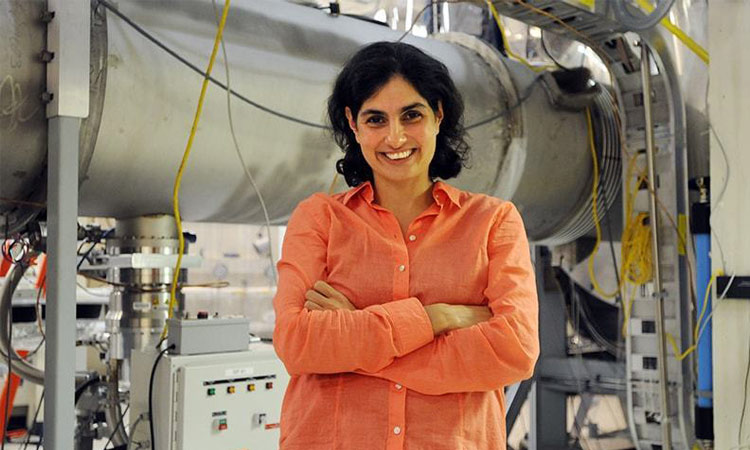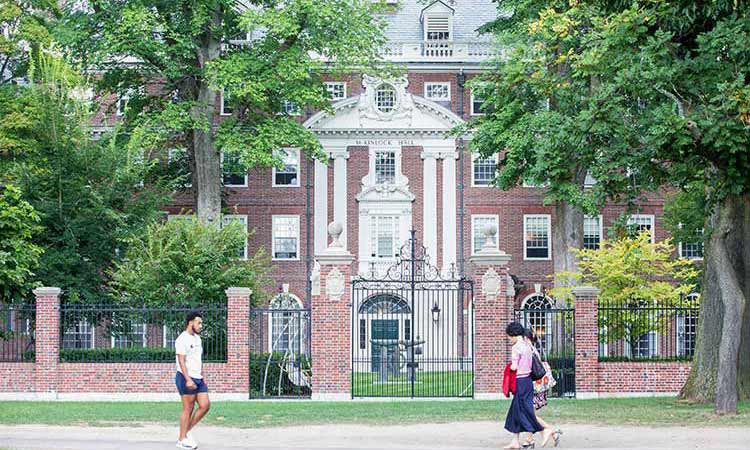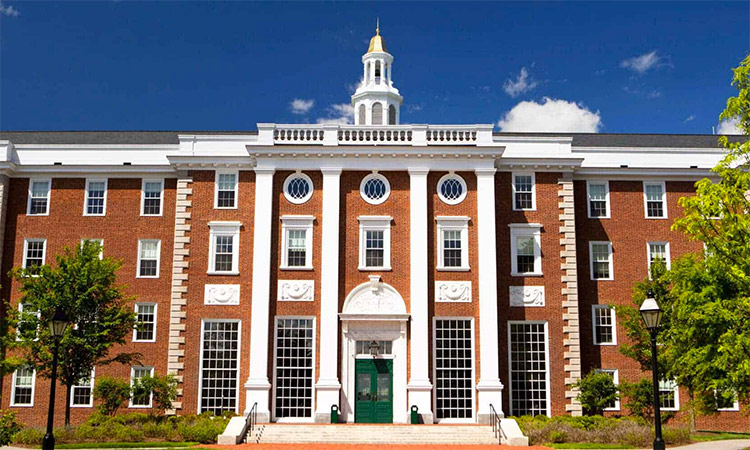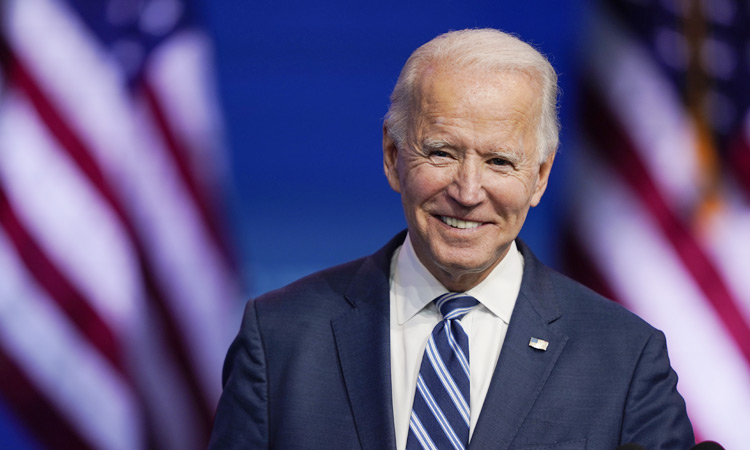Does it really matter who gets into Harvard?
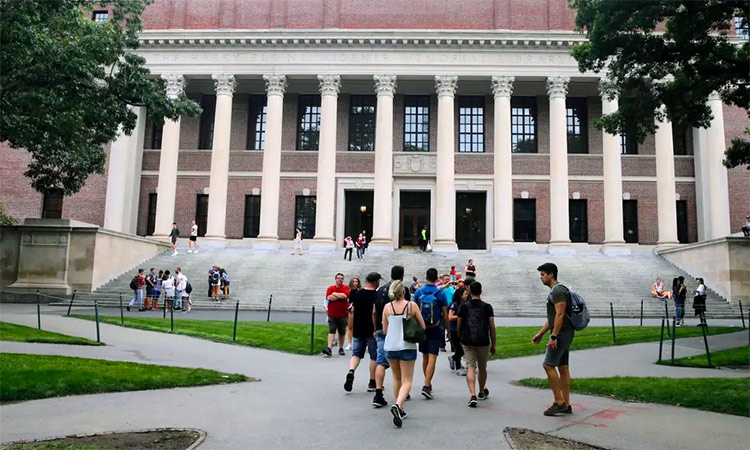
Illustrative image.
Allison Schrager, Tribune News Service
Too many Americans — and too many American economists in particular — have an unhealthy obsession with the 1 per cent: how much money they make, how much wealth they have, how they got there, how to join their ranks, and so on.
Rising economic inequality is a real problem, and there are understandable reasons for this fixation. But the US would be better off focusing on more important challenges, such as how to increase productivity or improve the economic prospects of the bottom 50 per cent.
The latest manifestation of the inequality obsession is the debate over the admissions policies of a handful of elite schools. Last week a new research paper addressed the issue of the 1% directly: It estimates that while children of lower-income families have slightly better odds of getting into elite schools (assuming they have similar scores) than upper middle-class students, children of the 1 per cent have a much better chance than everyone else. This is an issue that is elite almost by definition, since most colleges and universities don’t have highly selective admissions.
There are other issues where the debate is too centered on the competition between the upper middle class and the rich. Consider the discussion of urban housing, which is increasingly focused on why desirable areas of many cities are so expensive, or the attention paid to student loan debt rather than other forms of debt that keep more vulnerable members of society down. The discourse inevitably affects policy, resulting in student debt relief, an expansion of the child income tax credit to higher earners, industrial policy for highly skilled jobs, even a regulatory crackdown on artificial intelligence. True, some of these programs also benefit lower-income people, but if that were the goal they could be better targeted.
It is also true that the difference between the upper middle class and super rich is more of an economic issue than it used to be, because more people are in the upper middle class. One of the most striking trends in inequality has been the hollowing out of the middle class since the 1970s.
According to a study from the Pew Research Center, the middle class shrank 11 percentage points between 1971 and 2014, from 61 per cent to 50 per cent. Most of the decline was due to Americans joining the upper middle class, defined as earning at least three times the median income. The other striking trend was the growth in income of the top 5 per cent — especially the top 0.01 per cent. The difference in earnings between someone in the top 10 per cent and someone in the top 1 per cent is much larger. So maybe making it to the top 10 per cent no longer feels like enough for many people, and they are obsessed with improving their status (and becoming more unhappy).
Another possible explanation for the obsession with the 1 per cent, offered by one of the economists who wrote the paper on admissions, is that they have extraordinary influence and power in U.S. society. This justifies increased attention and scrutiny.
But it is important to note that the American system is not completely rigged. The average salary of an Ivy League graduate and someone from a good state school is not very different. Most of the CEOs from top Fortune 500 companies went to high-quality state schools such as Texas A&M. Yes, being born in the top 1 per cent certainly increases the odds of going to an elite school, and going to an elite school increases the odds of earning a 1 per cent salary. But this is in large part because so much job recruitment takes place at top schools, where students also have higher expectations of what they are entitled to achieve.
But the data also suggest a simple solution: Top graduate schools and employers should expand their recruiting, because clearly there are talented students everywhere.
To be clear, I’m not against making it easier for people to become part of the 1 per cent; I wouldn’t mind joining myself. But the competition between the very rich and the very very rich is not the most pressing issue of our time. America’s resources are not unlimited, and we should focus on problems that not only reflect our values but also promote general prosperity.
More Americans may be upper middle class than ever before, but there is still a significant population falling further behind. If the goal is broader prosperity and mobility, then America should worry less about admissions to elite schools — and more about K-12 education, job retraining, and making the labor market more fluid for people who didn’t happen to go to the right school. Better to focus on the question of how the bottom 30% can make it into the top 70 per cent than how the top 10 per cent can join the top 1 per cent.
